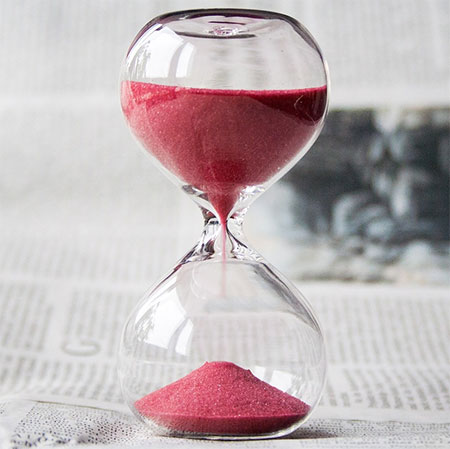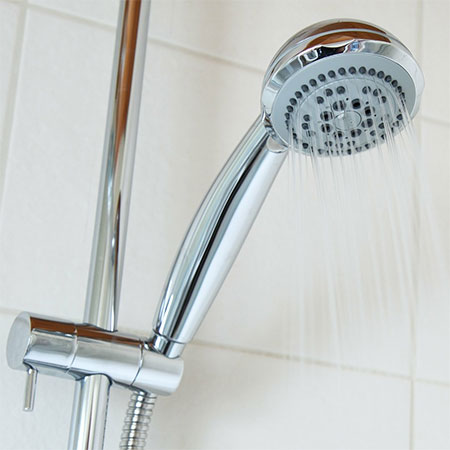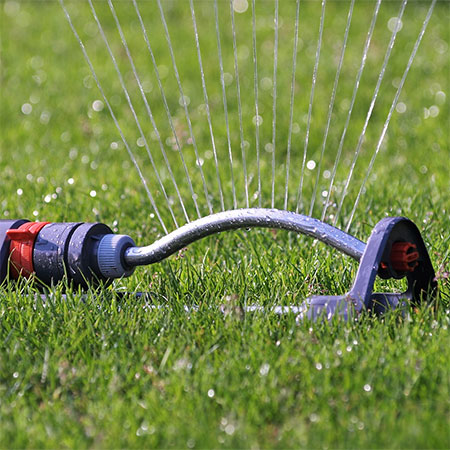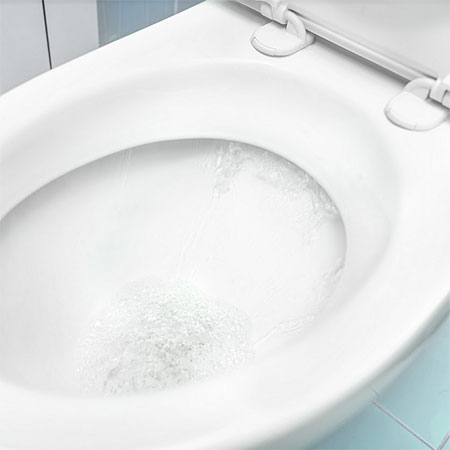Water Wasters In The Home
Water conservation is a necessary step around the world and it starts by knowing which are the most water wasters in a home.
14/05/2021
Freshwater is essential for the preservation of life. Our future depends on water conservation.
Water is the most vital element for the preservation of life, which is surprising when you realise that the Earth is 71% water. But 96.5% of the available water is locked in our oceans and seas and is too salty for human consumption. Additionally, around 2.1% of all Earth’s water is frozen in the ice caps. So, can only rely on the available bit of freshwater for life.
With freshwater being such a limited commodity the world is already experiencing the effects of this diminishing resource. According to statistics released by the World Wildlife Organisation, over 1.1 billion people lack access to freshwater while 2.7 billion people experience water scarcity every year due to climate change around the globe. Predictions are that by 2025, two-thirds of the global population will be facing water shortages.
Being water-wise in the home can go a long way to help reduce water shortages and it begins by identifying the top water wasters in a home according to many property management experts.
1. Hand Washing
It is a fact that the majority of the taps in the developed world deliver about 7 litres - 20 litres of water a minute. This means that leaving your tap running while scrubbing that pan wastes more water than you would use if taking a shower. The average amount of water used for hand washing is around On average, washing dishes by hand uses about 100 litres of water. That is a lot of water going to waste for such a mundane task.
To reduce water waste, every household should consider the installation of a dishwasher. The energy savings of using a dishwasher reduces water consumption to as little as 15 litres with the same load. When you think about how much washing you do on a daily basis, the water-saving makes a significant difference - and your dishes will be a lot cleaner!
2. Taking A Shower
While we know that taking a shower uses less water than having a bath, showers still account for up to 20% of freshwater use. Generally, standard showerheads have a flow rate of between 7 - 9 litres per minute then taking a 10-minute shower means using almost 100 litres of water. There are methods of reducing water wastage in the shower which includes: taking a shorter shower or adding low-flow showerheads that cut water consumption by as much as 40% over conventional showerheads.
Showerheads that incorporate air pressure to increase the flow of water which improves pressure without using additional water. Not only does the installation of such as showerhead reduce water consumption they also provide a better showering experience.
3. Garden Sprinklers
Every homeowner wants a garden that is lush and green, but keeping it that way is never easy, particularly in the summer months when we spend so much time outdoors. Any lawn needs regular watering if you want to avoid it turning into a barren landscape, which is why many homeowners look at installing garden sprinklers.
Garden irrigation use a lot of water since running a single sprinkler for an hour uses almost 400 litres of freshwater. That’s more than half of the average daily water use of average garden space.
A more effective way of reducing water wastage outdoors is to install water-efficient sprinklers on a timer system or to change the layout of your garden to accommodate more indigenous plants, less lawn and a more permeable landscape.
4. The Toilet
As the most regularly used fixture in a home, the toilet is the biggest culprit in wasting water. Just a single toilet is responsible for around 30% of your household water usage, so the humble toilet should be a priority in your effort to reduce water consumption. Older toilets waste even more water with every flush so it makes sense that upgrading to a newer and more efficient toilet can save you up to 20 – 60% of the water every day.
But not everyone has the budget to replace a toilet which is why you should consider fitting a dual-flush button or installing an adjustable flapper to reduce water usage. An oldie but goldie is to put filled plastic bottles in the toilet tank to use less water per flush.
And did you know that on average, a leaky toilet can waste up to 800 litres of water a day - that's over 20,000 litres per month. Make sure to regularly check for any running water or leaks in and around the toilet.
5. The Washing Machine
Older model washing machines can use an average of 100 - 170 litres of freshwater per load. Modern, energy-efficient models use only about 70 litres of water per load with more efficient ones using less than 20 litres per load. This means that for the average family running between 5 – 6 loads a week, cutting your water usage with an energy-efficient washing machine can save you thousands of litres over one year. Not to mention the energy saved on heating water since high-efficiency washers use less electricity than the older models.
An easy way to further reduce your water use is to do laundry less often.
Conclusion
There is no getting over the fact that water is essential to life. Thus, as simple as identifying water wasters like the ones above and fixing them can go a long way to saving thousands of litres of water and help prevent water shortages in the not too distant future.






